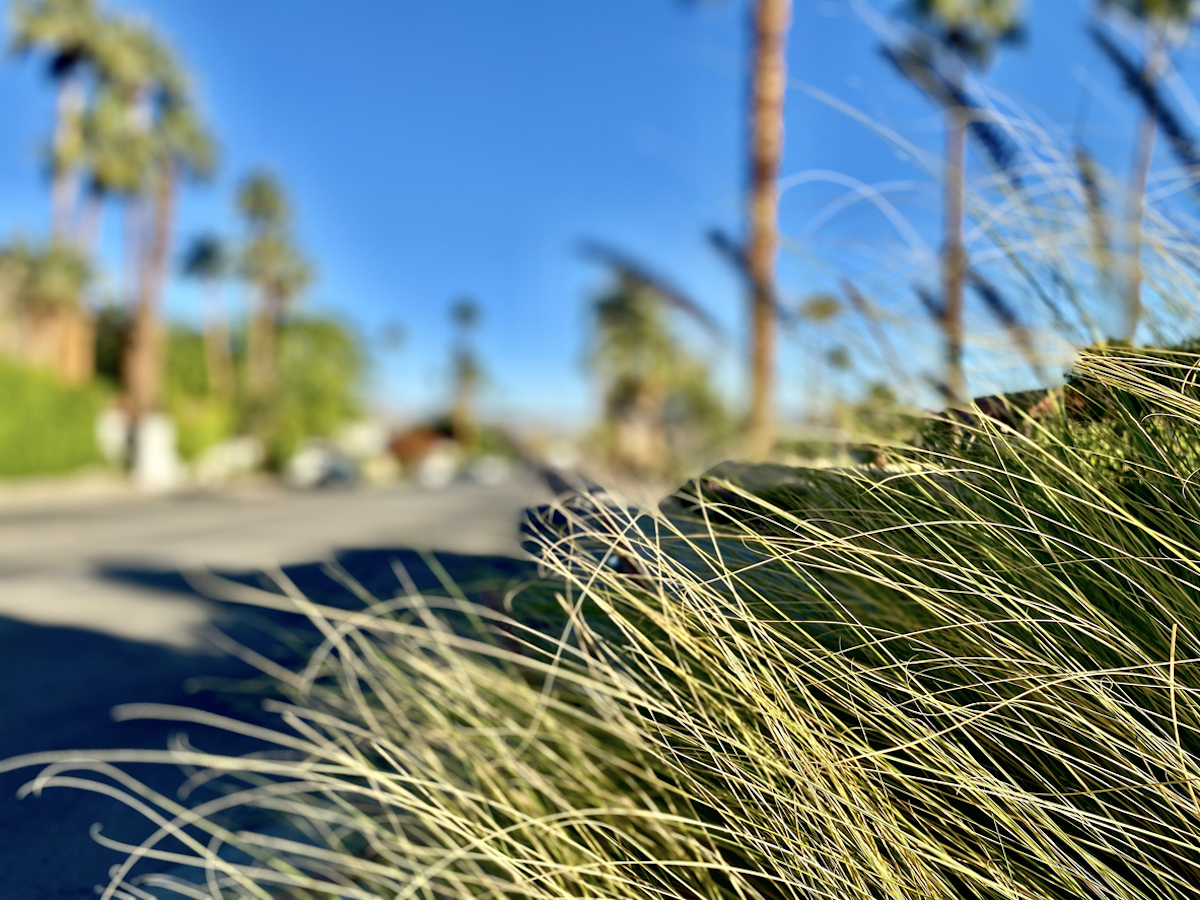

We may earn revenue from the products available on this page and participate in affiliate programs. Learn More ›
The Southern Nevada Water Authority (SNWA) hopes to reduce the region’s water consumption by 15 percent by replacing unused swaths of decorative grass with more eco-friendly native landscaping options. If successful, the ban would save 14 gallons of water per person per day. Though states like Nevada and California have experienced droughts in recent years and have enacted temporary watering bans, Las Vegas would be the first city to impose a permanent ban on certain types of plants if the bill passes. Read on to learn more about the SNWA’s proposal and what they recommend as ornamental grass alternatives.
Ban Details
Las Vegas has been in the midst of a water shortage crisis for the last decade. In fact, 2020 was one of the driest years on record in the region, with 240 days without measurable rainfall. Simultaneously, Southern Nevada’s water consumption is on the rise, increasing 9 percent since 2019.
In 2003, the water authority successfully banned developers from planting ornamental front yards in new subdivisions. Now, they’re tackling public areas.
An amendment to Assembly Bill 356 by the SNWA aims to reduce consumption. The organization suggests that the Las Vegas metro area has 8 square miles—or more than 5,000 acres—of “nonfunctional turf” in street medians, housing developments, office parks, and other areas that get little to no practical use. This decorative grass needs four times more water than alternative, water-smart landscaping.
Related: 14 Sneaky Ways to Save Money on Your Water Bill

Water-Smart Landscaping
While this ban concerns public areas, rather than private residential, there are still many ways locals can take part to reduce their water consumption. In fact, the SNWA offers an incentive called the Water Smart Landscape Rebate; the rebate gives homeowners $3 for every square foot of grass that is removed and replaced with desert landscaping. Since it was introduced in the late 1990s, the program has saved billions of gallons of water by converting 197 million square feet of lawn to water-efficient landscaping.
The best part is, water-smart landscaping doesn’t involve completely eliminating functional lawn areas. Instead, it prompts residents to consider keeping back lawns for recreational use and converting less-used front lawns to more eco-friendly landscapes.
Related: The Best Drought-Resistant Grass for Dry Summers

Ornamental Grass Alternatives
The SNWA has put together an extensive list of the most common plants used in local landscapes. They also have a handy Plant Search Tool that lets users find plants based on different characteristics, including sunlight exposure, maintenance level, water requirements, and leaf color.
Their list of plants includes trees, bushes, shrubs, groundcovers, cacti, succulents, vines, and more. Desert-friendly plants vary widely in appearance, so there are options for a number of different landscaping aesthetics.
Here are some examples of plants the SNWA has categorized as “bulletproof,” meaning water-efficient, low-maintenance, noninvasive, and tolerant of heat, cold, and wind. Check out the bulletproof options in each category.
- Trees: bay laurel, desert willow, holly oak, valley oak, sweet acacia, and Texas olive.
- Shrubs: big sagebrush, Arizona rosewood, buckwheat, cliff rose, evergreen sumac, pink indigo bush, and compact jojoba.
- Groundcovers: desert carpet creeping acacia, Goodding verbena, Sierra Gold dalea, prostrate indigo bush, and goosefoot mallow.
- Vines: California grape, canyon grape, western virgin’s bower, and Rogers Red grape.
- Agaves, cacti, succulents, and yucca: bear grass, beaked yucca, beehive cactus, bristly prickly pear, Joshua tree, Queen Victoria agave, and red yucca.
